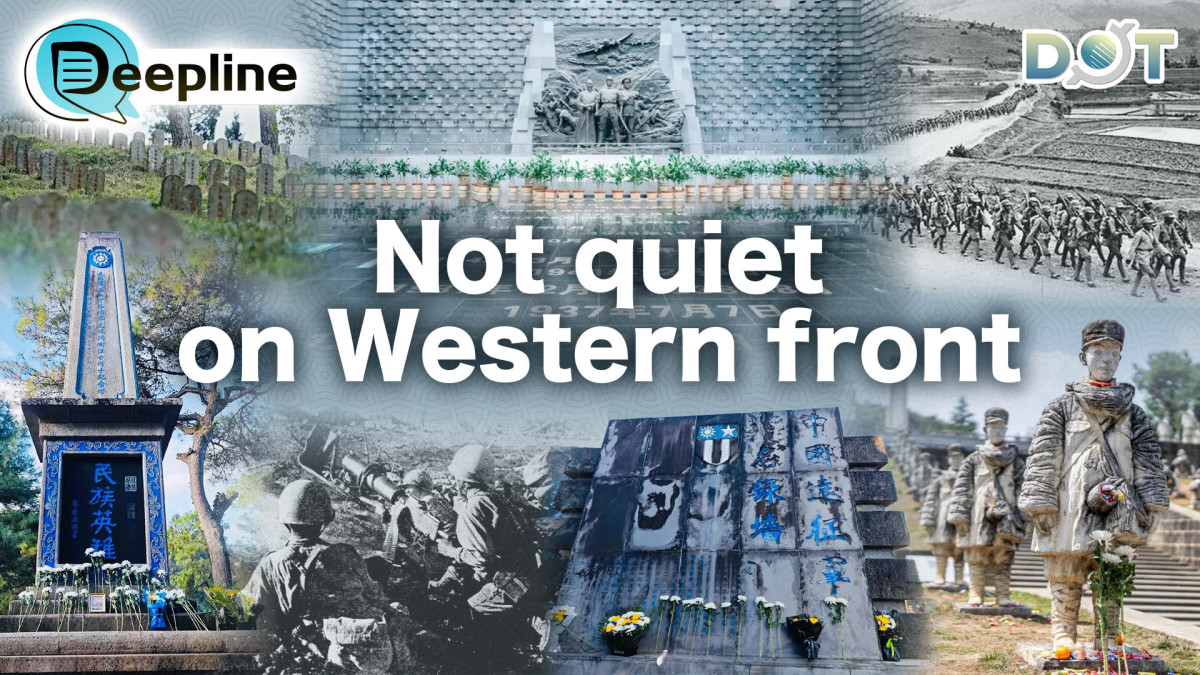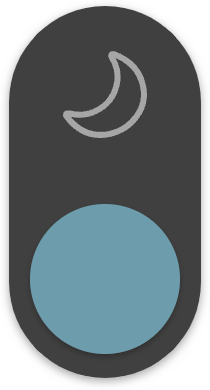
This year marks the 80th anniversary of the victory of the Chinese People's War of Resistance Against Japanese Aggression and the World Anti-Fascist War. During the Chinese nation's 14 years of arduous and arduous resistance, the Chinese Expeditionary Force (CEF) is an unforgettable chapter.

Every inch of land is stained with blood
The CEF was a Chinese force that entered Burma to fight against Japan during the War of Resistance Against Japanese Aggression.

In the spring of 1942, the Japanese invaded Burma. To ensure the smooth passage of the Yunnan-Burma Highway, the Chinese government dispatched 100,000 CEF troops to provide urgent assistance. However, the tide of war turned, and part of the CEF retreated westward to India while the remainder returned home. On May 3, the Japanese invaded Wanding, a city at the national border, and quickly occupied Mangshi and Longling. On the 5th, they reached the west bank of the Huitong Bridge and subsequently occupied Tengchong, resulting in the loss of 30,000 square kilometers of territory on the west bank of the Nu River. On May 5, the CEF blew up the Huitong Bridge, using the Nu River's natural barrier to block the Japanese forces, leading to a standoff across the river.

Starting on May 11, 1944, the 20th Group Army of the right wing of the CEF forced a crossing of the Nu River and attacked Gaoligong Mountain. On September 14, Tengchong was completely liberated, becoming one of the first cities to be recaptured during the Chinese War of Resistance Against Japanese Aggression. On June 4, 1944, the 11th Group Army of the left wing of the CEF launched a fierce attack on Songshan, capturing its main peak on September 7 and Longling on November 3. They then captured Mangshi, Zhafang, and Wanding, driving the Japanese troops out of the country.

During the first campaign in Burma, the Chinese Expeditionary Force suffered over 60,000 casualties. The counteroffensive in northern Burma and western Yunnan lasted a year and a half. Historical records show that the Chinese Expeditionary Force in India suffered over 20,000 casualties and annihilated over 48,000 Japanese troops. The Chinese Expeditionary Force in western Yunnan suffered over 60,000 casualties and killed over 21,000 Japanese troops.
In his book "1944: Notes on the Battle of Songshan 1944:松山戰役筆記," military writer Yu Ge explains that the Japanese believed that there were only three instances in the Asian theater of World War II where they were considered "honorable" battles, meaning the complete annihilation of the Japanese army. These occurred in Songshan and Tengchong in western Yunnan, and Myitkyina in northern Burma. All three locations were closely associated with the Chinese Expeditionary Force.
Atop Mountain, National Sorrow
After Tengchong's liberation, Li Genyuan, then the Inspector General of Yunnan and Guizhou and a Tengchong native and veteran member of the Tongmenghui, and others initiated the construction of the Tengchong National Martyrs Cemetery. The cemetery, named after the "National Sorrow 國殤" chapter of the Chu Ci 楚辭 (Songs of Chu), was dedicated to the fallen soldiers of the 20th Group Army of the Chinese Expeditionary Force who recaptured Tengchong in 1944.


Xiaotuanpo, located behind the Martyrs' Shrine, is particularly shocking. On the conical hill covered with tombstones, the tombstones are arranged along the central axis of symmetry, with the Memorial Tower for the Fallen Soldiers of the 20th Expeditionary Force's Recapture of Tengchong at the top as the center. Buried on the left are the fallen soldiers of the 53rd Army of the 20th Army, and on the right are the fallen soldiers of the 54th Army of the 20th Army.

Each of the 3,346 tombstones is engraved with the soldier's rank and name, neatly arranged in battle order. Looking up, the scene resembles an army ready for battle, its formation and momentum awe-inspiring.

The National Martyrs Cemetery was rebuilt in 1984. In 1994, the Dianxi Anti-Japanese War Memorial Hall was established on the site of the National Martyrs Cemetery. It displays a large number of anti-Japanese war relics from private collections, and the array of steel helmets covering the wall is particularly striking.



At the lowest point of the National Martyrs Cemetery lies a "Japanese Tomb," where the remains of three Japanese soldiers are buried, including Colonel Yasumi Kurashige, commander of the 148th Regiment of the 56th Division.
It's said that in the 1990s, a Japanese businessman visiting Yunnan was horrified by the sight of the "Japanese Tomb" and offered to invest 1 billion RMB in Yunnan if the local government would demolish it. However, his offer was firmly rejected, and the businessman withdrew. To this day, rumors persist that the people of Tengchong have voluntarily refused to allow Japanese tourists to visit.

A young man left, a heroic spirit returned
The Battle of Songshan site, located in Longling County, Baoshan, Yunnan, approximately 80 kilometers from Tengchong, is one of the world's best-preserved World War II sites. Traces of the battle are still visible here, including bunkers, trenches, and even century-old trees bearing marks from shelling.
The Battle of Songshan site features a sculpture group dedicated to the Chinese Expeditionary Force, including generals, kneeling archers, veterans, soldiers in summer uniforms, and war horses. There is also a formation of child soldier sculptures based on old photographs, commemorating their contributions to the country.
Many visitors who came to pay tribute to the martyrs offered flowers or candy, hoping to sweeten their difficult childhoods.



Every inch of land is stained with blood, every handful of soil is stained with souls. When the bells commemorating victory ring again, this land soaked with the blood of loyal souls is now lush with vegetation, but it bears the mark of war forever, reminding us: the mountains and rivers are safe, and the heroic souls are immortal.
(Source: Ta Kung Pao, Wen Wei Po | Chinese Editor: Akira | English Editor: Liu Yu)
Related News:
Watch This | Highlights of China's V-Day parade
Deepline | HK's overlooked history of War of Resistance and scholar who refused to let it fade




















Comment